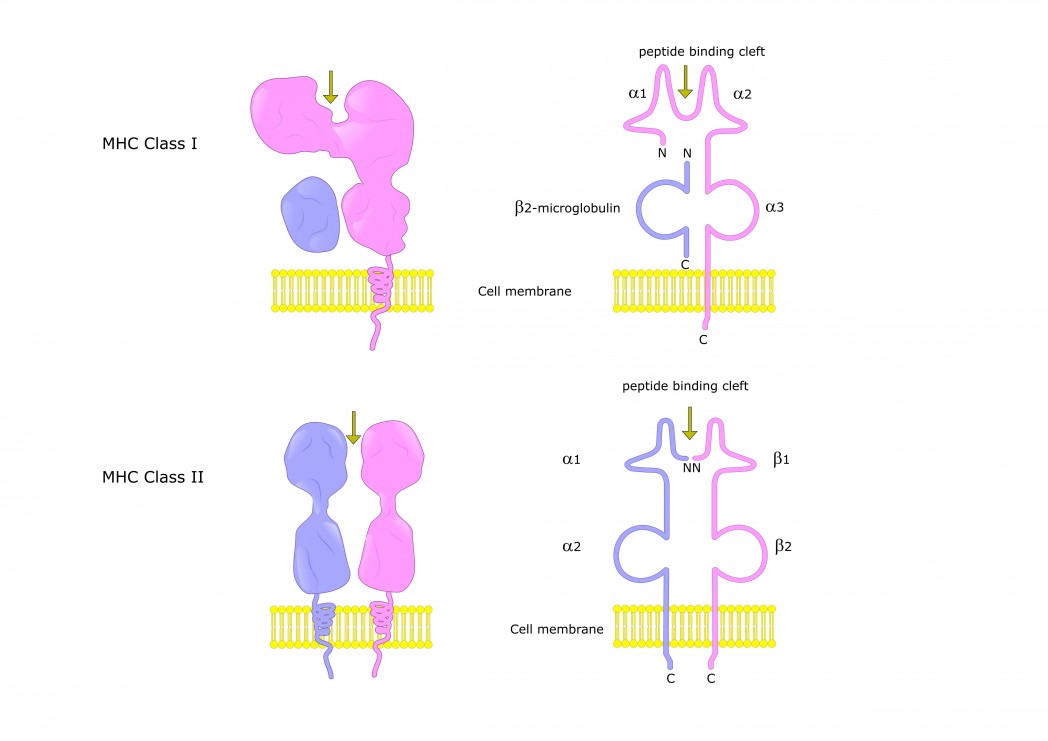ALS Researchers Identify Loss of MHCI Protein as Key in Development of Disease

Researchers revealed that the loss of major histocompatibility complex I (MHCI) is a key step in the development of amyotrophic lateral sclerosis (ALS, or Lou Gehrig’s disease).
The study, “Major histocompatibility complex class I molecules protect motor neurons from astrocyte-induced toxicity in amyotrophic lateral sclerosis,” was published in the journal Nature Medicine, and opens new avenues for ALS therapies.
While previous studies focused on motor neurons, few studies investigated the role of astrocytes — glial cells that normally support motor neurons — in ALS pathogenesis. Researchers led by Brian Kaspar, Ph.D., principal investigator at the Center for Gene Therapy in The Research Institute at Nationwide Children’s Hospital in Columbus, Ohio, showed that loss of MHCI in the outer membrane of motor neurons makes them vulnerable to ALS astrocyte toxicity.
“We wanted to find out what astrocytes were doing — or not doing — to kill motor neurons. We found unequivocal evidence of the role of MHCI on the motor neurons in signaling the astrocytes,” Kaspar said in a press release.
MHCI are found on the cell surfaces of all nucleated cells in our body, and for each subtype of MHCI protein, a receptor exists that is capable of binding it, like a lock and key.
Researchers found that MHCI receptors are important for protecting motor neurons against astrocyte toxicity in ALS and have also identified the signal responsible for its effect, HLA-F. They also observed that spinal cords of individuals affected by ALS exhibit a marked decrease of MHCI.
“We showed, in both animal and human studies, the loss of MHCI is destructive to the motor neurons, and increases in MHCI are protective. We knew from past research that ALS astrocytes were responsible for killing motor neurons. Now we have another piece to the puzzle,” said Kaspar, who is also associate professor in the Department of Pediatrics and Department of Neuroscience at The Ohio State University College of Medicine.
The data supports a new potential therapeutic target for ALS, Kaspar said.
“Taken together, the results provide strong evidence that a single MHCI molecule, HLA-F, can protect motor neurons from both inherited and spontaneous ALS astrocyte-induced toxicity, which is a prerequisite for delaying motor neuron death in these patients,” he said.






